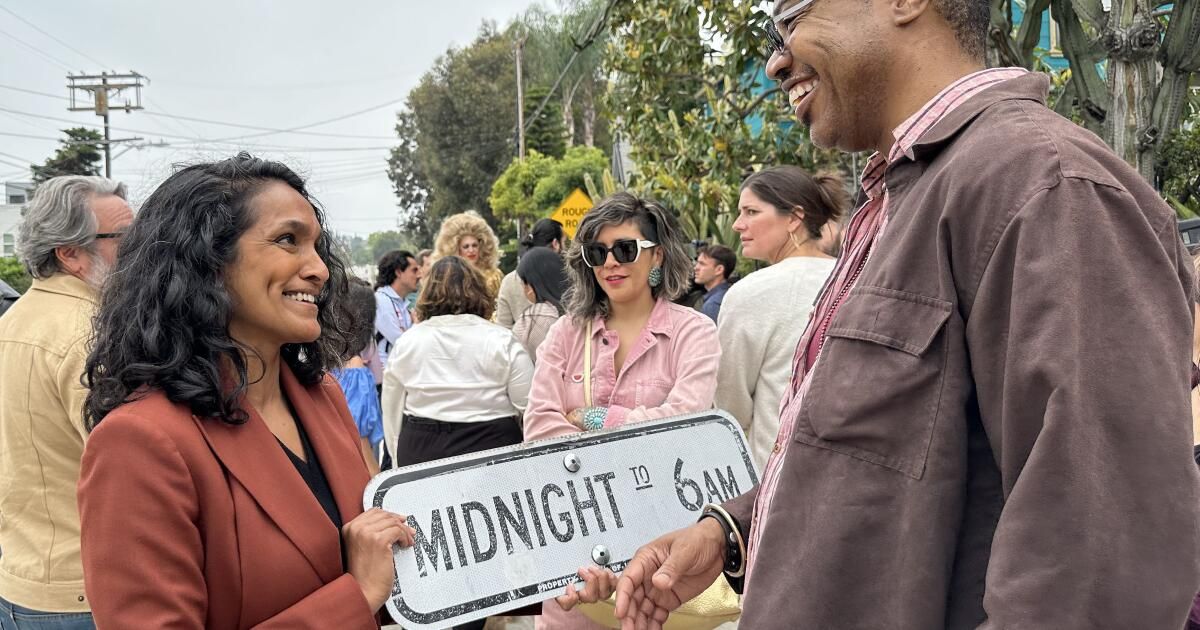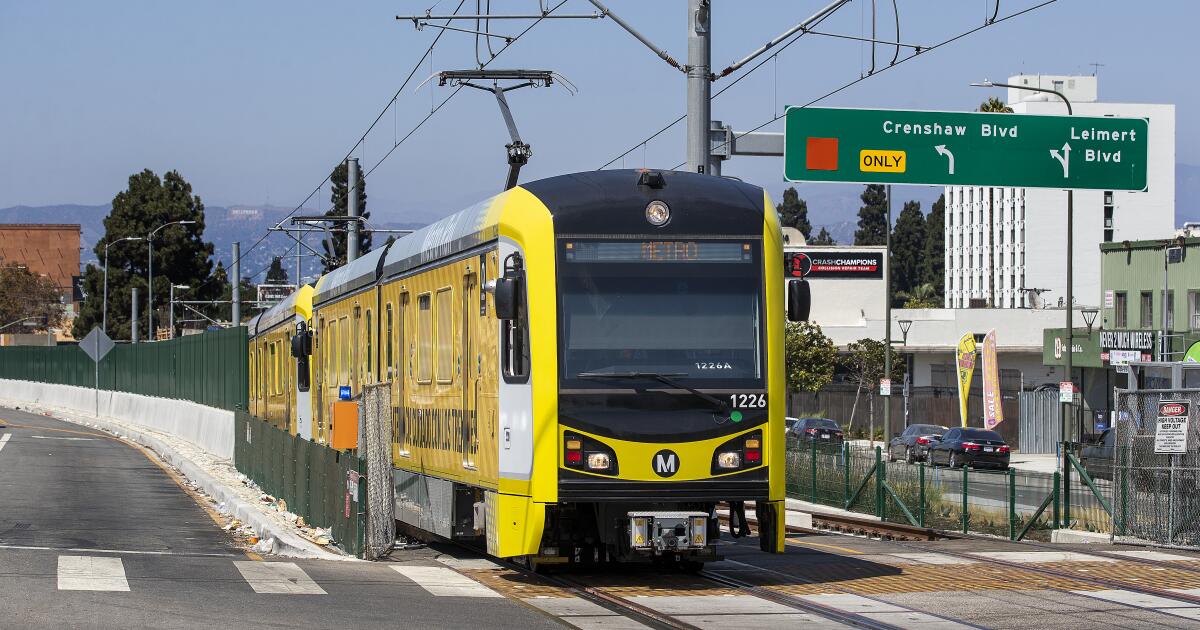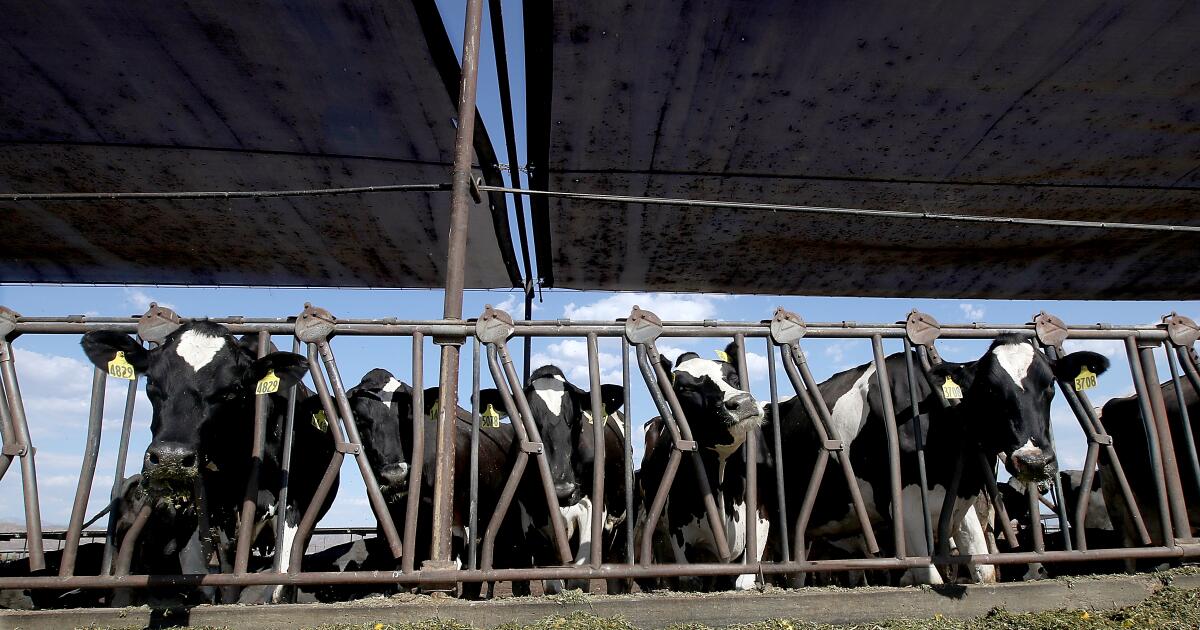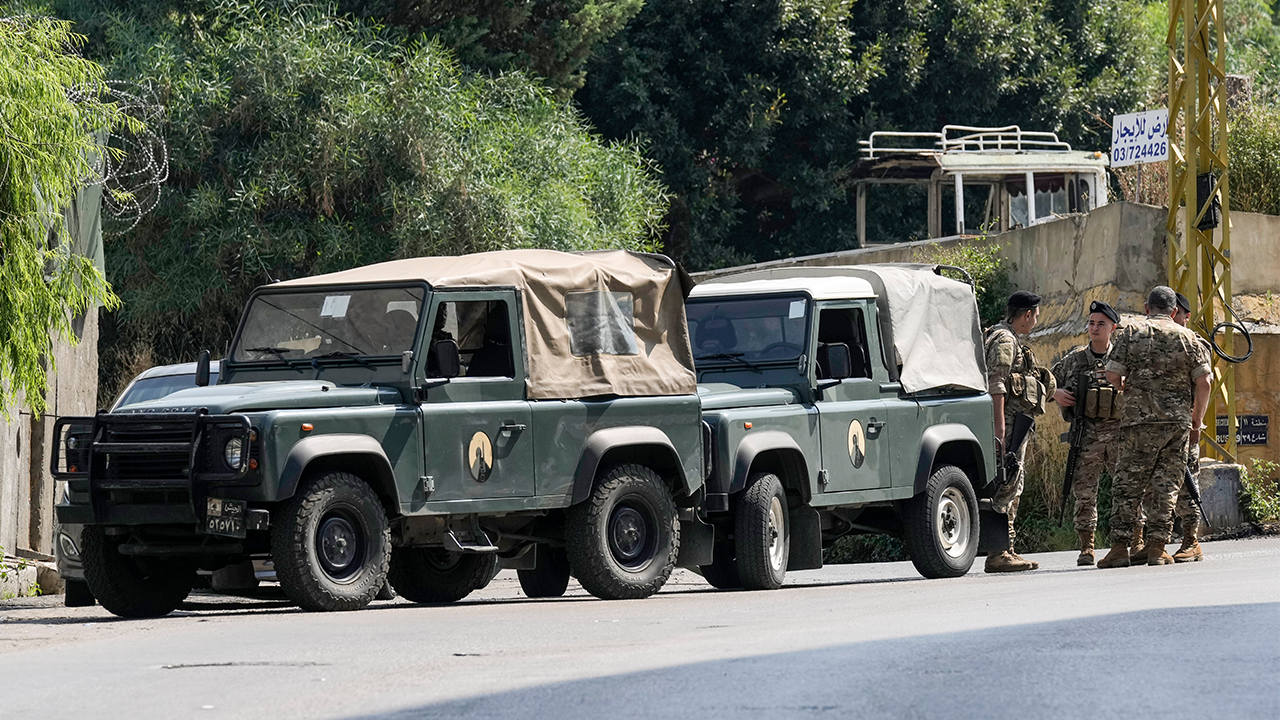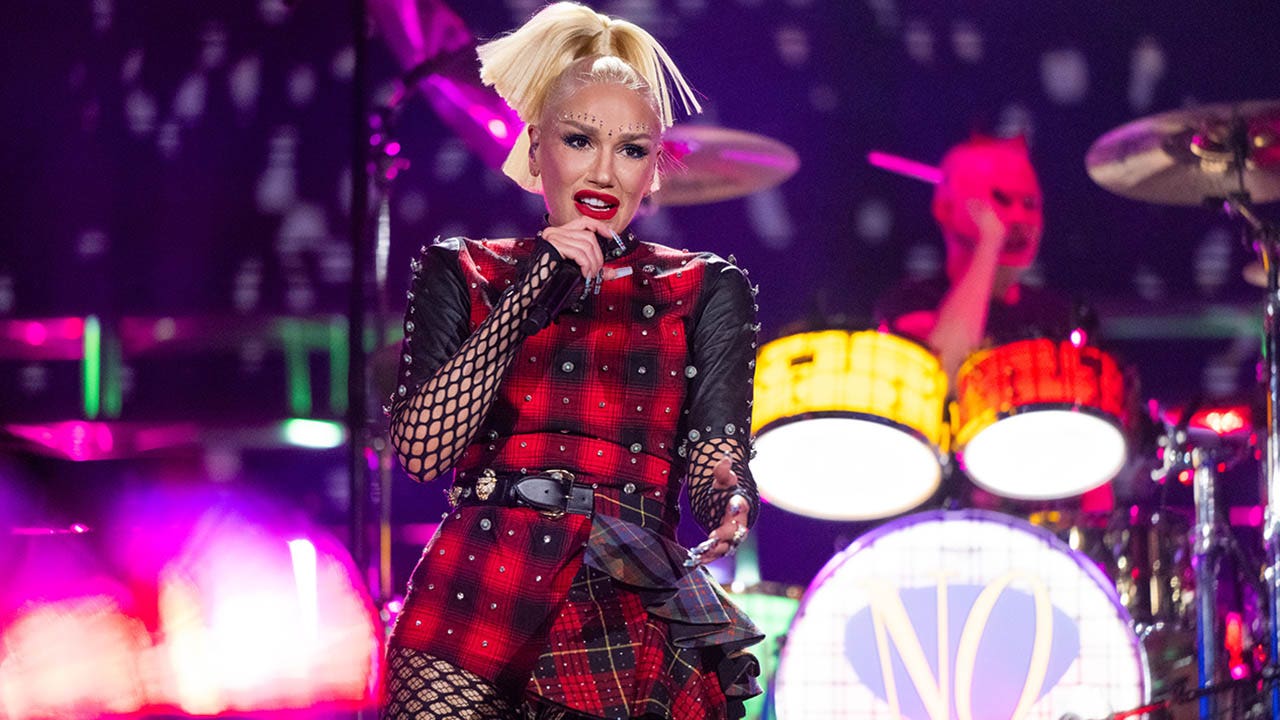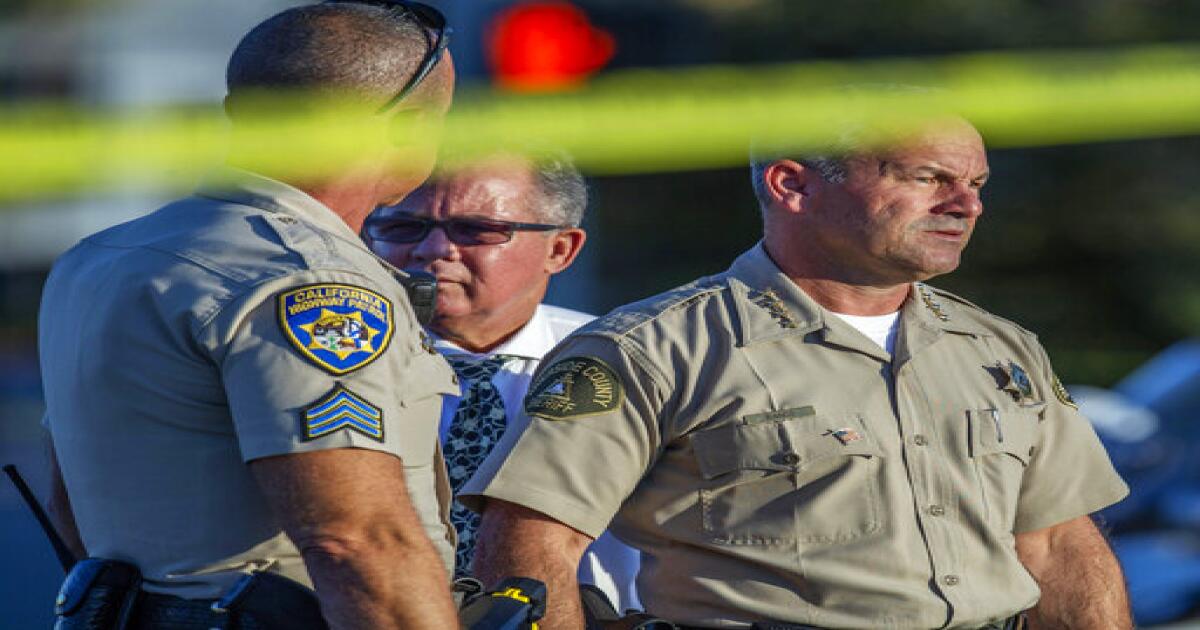At first glance, the signs are innocuous and simply direct traffic on the road. But Silver Lake's former queer residents knew they were a symbol of the neighborhood's darker past.
Messages like: “Browsing is prohibited. No U-turns. From Midnight to 6am” were posted throughout the neighborhood in 1997, with the intention of stopping gay men from wandering the streets to hook up.
For years, the signs remained, even as the city's leadership changed and the community grew, until this week. In a celebration with members of the LGBTQ community, Ward 4 Councilwoman Nithya Raman and Ward 13 Councilman Hugo Soto-Martinez removed the signs on Monday.
“Los Angeles has a rich history of welcoming the LGBTQIA+ community, but there has also been real and present homophobia, which has sometimes been inscribed in the physical spaces of the city, as with these signs that there is no U-turn” Raman said in a prepared statement.
In the late '90s, when the Internet was still new and gay dating apps like Grindr didn't exist, queer men sometimes relied on printed guides that listed public areas where they could find love, sex, and community without coming out. Among those areas were West Hollywood, where anti-gay traffic signs similar to those removed on Monday were installed in 1991 and later removed, and Griffith Park Boulevard in Silver Lake, where the Soto districts now meet. Martínez and Raman. There are also more than half a dozen bars in the area, all within a 2-mile radius, catering to a thriving queer clientele between East Hollywood and Silver Lake.
For some who attended Monday's event, held at the AT Center that provides alcoholism recovery resources, Silver Lake's homophobic past came as a surprise, particularly because the neighborhood was simultaneously a bastion of queer resistance and resilience.
Black Cat, less than half a mile from where the signs were posted, was the site of one of the largest public protests for LGBTQ rights in 1967, two years before the famous Stonewall riots.
“I was not aware of those signs and would never have found them. [them]” said Pickle, the inaugural West Hollywood drag queen laureate who performed at the removal ceremony. The signs were an “insidious” form of discrimination that he and others simply “had no context for,” Pickle said.
The first “No Crossing” signs were removed in 2011 following a vote by the Silver Lake Neighborhood Council. But the remaining “No U-Turn” and time restrictions were left standing and almost forgotten in their historical context until Silver Lake resident Donovan Daughtry raised the issue after listening to a podcast episode about the neighborhood's queer history, according to the councilors.
Looking back, past complaints about the area should be viewed with nuance, said Albert LeBarron, co-owner of another local gay bar, Akbar.
“People driving around at night with radios playing Madonna probably wasn't conducive to a quiet neighborhood like Silver Lake” and the commotion inside the bars sometimes spilled outside, he said. “But in all honesty, a lot of us are people who walk, drive or hang out because we have nowhere else to go.”
Back then, neighborhoods like Silver Lake weren't just about partying and finding partners, said Maebe A. Girl, a representative of the Silver Lake Neighborhood Council and the first drag queen elected to public office in the United States. She said they were a “safe haven” for people to express themselves freely. But stereotypes about wandering, hypersexual gay men fueled the criminalization of queer spaces, and a city ordinance restricting drivers from passing through the same area twice in six hours between midnight and 6 a.m. gave rise to authorities an excuse to profile and harass people they suspected were gay. looking for sexual partners.
“[The police] They raided every weekend,” LeBarron said. The 55-year-old has lived in East Hollywood for the past 20 years and remembers when a person's life could be ruined simply by showing his face in a gay establishment.
“They would take your picture, send it to you and fire you,” LaBarron said. “Many people couldn't even go into a bar for fear of losing their livelihood.”
For community members like Girl and Pickle, taking down the signs this week was a small but important victory for the LGBTQ community. But that said, they were concerned about issues like gentrification and the pandemic that continue to put pressure on the community and its businesses.
“I completely agree that we must do more to protect these spaces,” Soto-Martínez said. “It's not unique to Los Angeles…we're all facing the same very serious challenges.”
“We live in an era where hundreds of bills are introduced annually that discriminate against transgender people,” said Girl, who is nonbinary. The Trans Legislation Tracker has recorded 597 bills under consideration at the state level across the country, which is part of the reason why Girl aims to be a fixture in local politics. “If you're not at the table, you're on the menu. And queer people are very much on the menu right now.”
Pickle, who serves on the newly formed LGBTQ commission in Los Angeles County, is hopeful that these public shows of support can invite greater discussion about how to protect LQBTQ spaces. “If we can remove that sign, maybe we can implement more changes… It's both completely symbolic and an entry point for real material action.”

